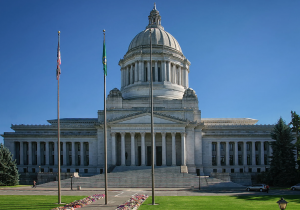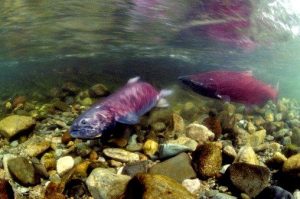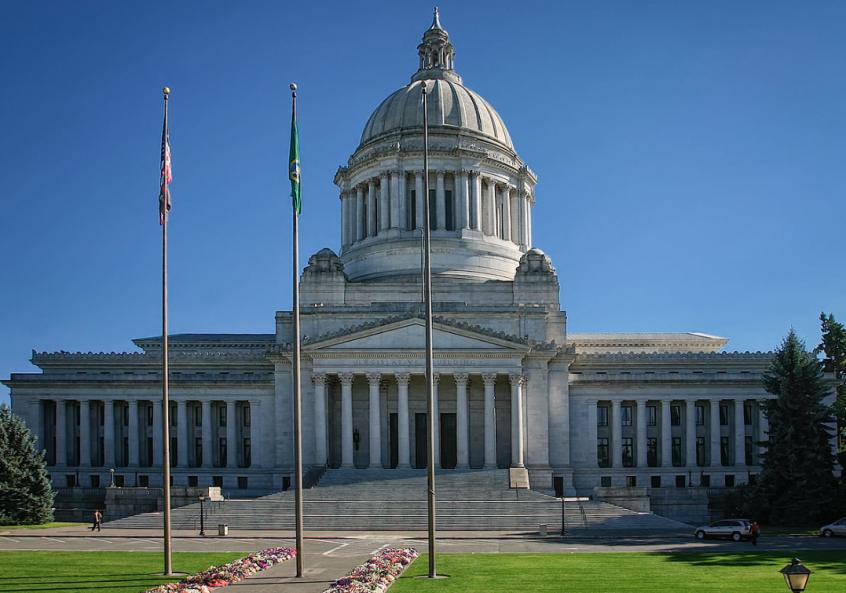
Monday (January 10th) marks the start of the 2022 Legislative session. Like the previous year, this session will be mostly virtual in response to COVID-19 and the omicron variant. For those wishing to testify, the mostly online session means that committee hearings will remain virtual.
This year’s legislative convening, also referred to as a “short” session, will be 60 days. A short session comes with a couple considerations:
- Although many lawmakers anticipate that much of the 2022 session will focus on refining bills recently passed, we can anticipate the introduction of new bills. In addition, all bills from last year are still alive and available for action.
- 2022 is an election year for all House members and half of the Senate. We can anticipate the session ending within the 60 days to allow time for incumbents to campaign.
Issues directly affecting forest landowners shouldn’t appear as a headline issue. They will emerge though, and some have shown up in the pre-filed bills. Below are some the issues Washington Forest Protection Association (WFPA) will monitor throughout the session.
Keep Washington Evergreen
This is the priority request legislation coming from the Washington Department of Natural Resources(DNR). The goal of SB 5633 is to set up a planning process for the conservation of one million acres of working and non-working forest land, the reforestation of one million acres, and the completion of one million acres of forest health treatments. DNR also has a fact sheet.
DNR worked closely with both the WFPA and the American Forest Resource Council (AFRC) in the development of initial draft language. Thus far, it has appropriately valued the role of private working forests and focused exclusively on voluntary and incentive-based actions for working lands conservation. That said, it will be critical to make sure the bill continues to uphold those values as it works its way through the legislature.

Salmon Recovery
Gov. Jay Inslee released the outline for new salmon recovery investments. Although bill language in unavailable, his office did release the strategy in general terms. The plan is a combination of restoring habitat, investing in clean water infrastructure, correcting fish passage barriers, building climate resiliency, aligning harvest, hatcheries, and hydropower, addressing predation, and strengthening science, monitoring, and accountability.
Climate
With the passage of the Climate Commitment Act last session, which is the big cap-and-trade bill, much of the carbon energy is being focused on the rulemaking at the Department of Ecology. However, Gov. Inslee did release an outline of other carbon actions he is hoping the Legislature will take in 2022. Like the salmon package, many of the details are forthcoming, but a vision document can be read here.
Other DNR Budget Requests
The DNR’s 2022 budget ask list can be found here. Items of interest to forest landowners include an enhanced state investment in LiDAR, funding for small forest landowners to help implement portions of the Climate Commitment Act, and funding to implement recommendations from the state auditor’s report on the Adaptive Management Program.
Outstanding matters from the 2021 Legislative Session:
- SB 5411 provides the DNR authority to enter into Safe Harbor Agreements for the Northern Spotted Owl. It was inadvertently put down last session with promises to revive it in 2022.
- Forest Practices Application Review System (FPARS) funding: DNR was given around $1.8 million last session to build a new online permitting system for forest practices. The appropriation was only about half of what the state needed to build the program and was accompanied by a direction for DNR to develop a report outlining how the industry could pay for the second half of funding. The report offers options to fund FPARS, including raising the current $150 fee. The report also recommends adding the existing fee to certain Class 1 forest practices and having all fees tied to inflation. Many of the report’s recommendations is now proposed for enactment in SB 5637.
- HB 1103 is the “Buy Clean, Buy Fair” bill that seeks certain product procurement information to be collected for state building projects, including information for certain wood products going as far back as the ownership type and certification status of the source forest.
- HB 1099 would align growth management with carbon emissions.
